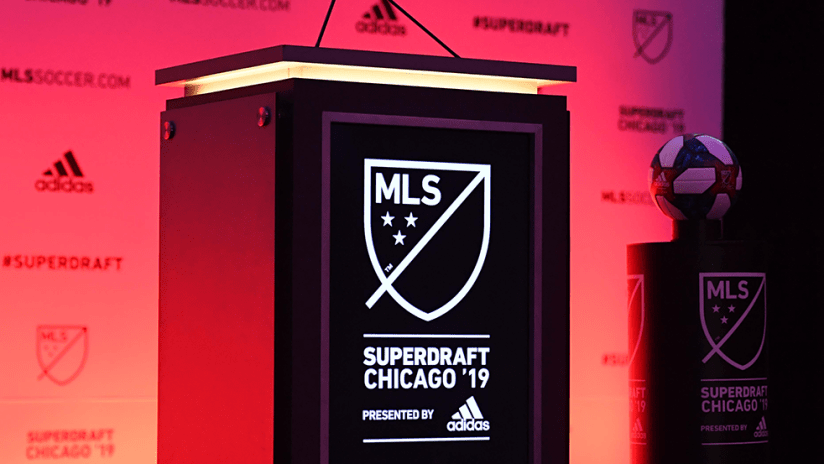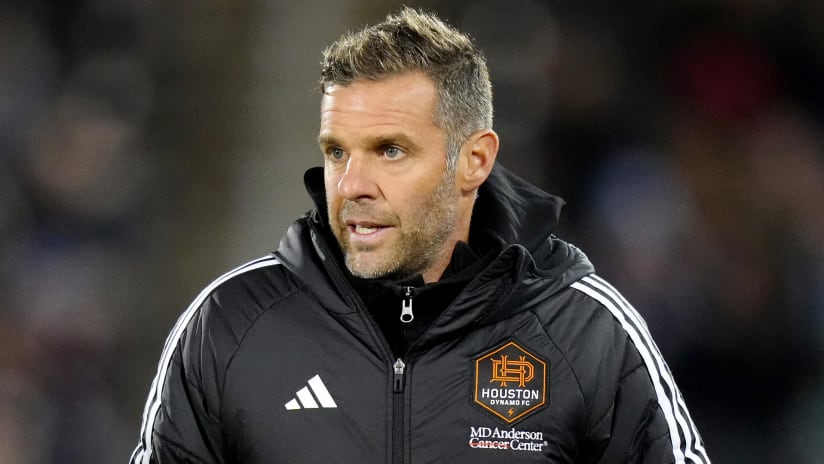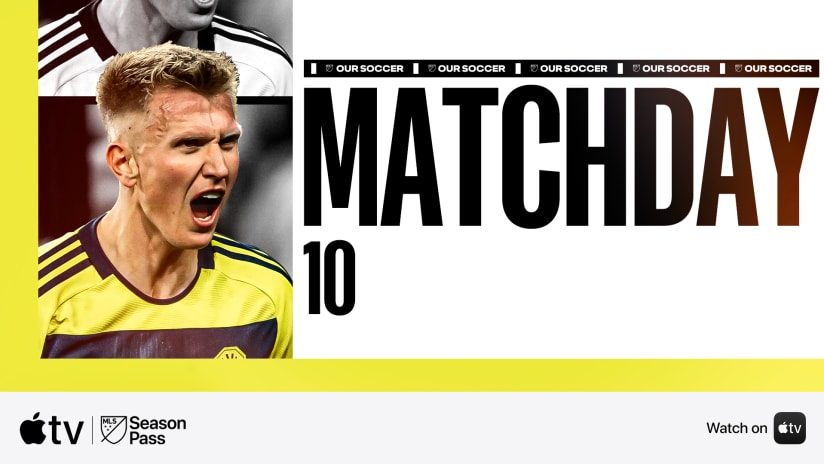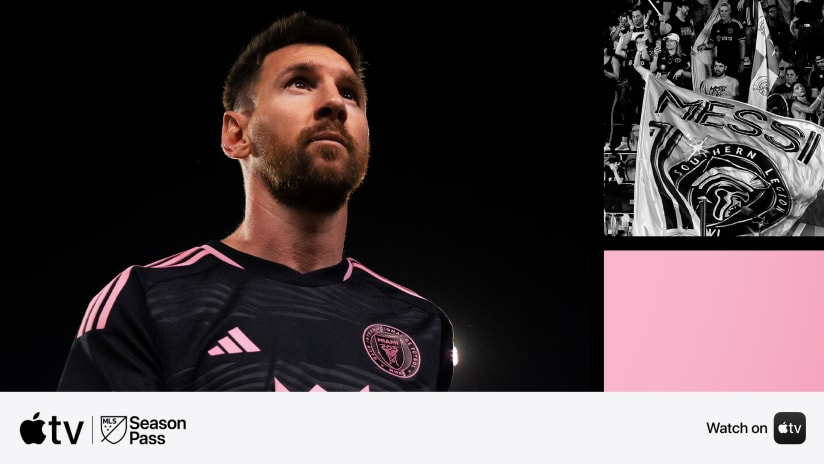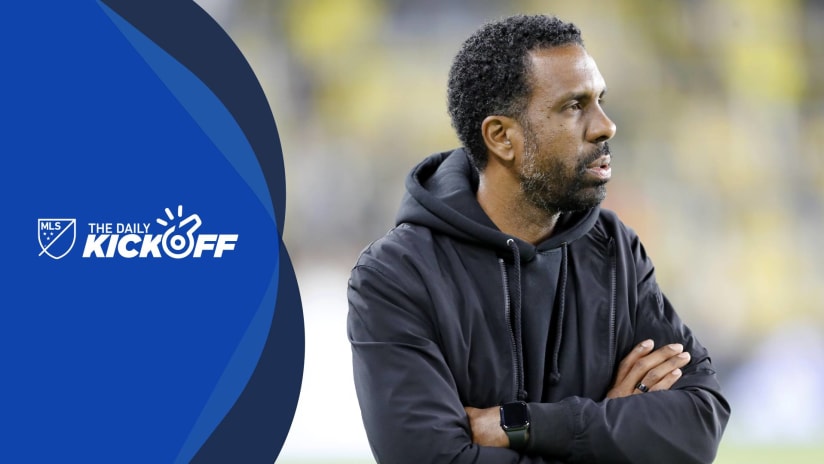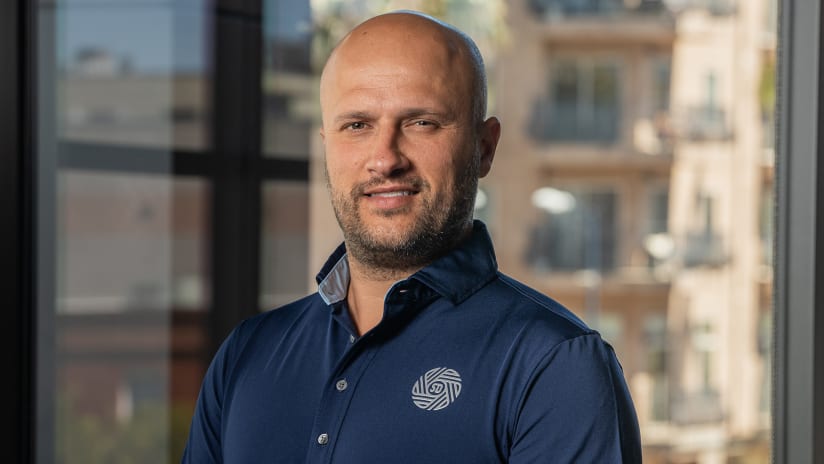CHICAGO – There were no lack of deals at the 2019 MLS SuperDraft, as a solid amount of trades – either for players, allocation money, picks or a combination of the three – were completed in Chicago on Friday.
There was quantity, but the trades lacked the pizzazz of the moves we’ve seen in past SuperDrafts. None of the deals were jaw-droppers. They didn’t touch the level of the David Accam to Philadelphia trade in 2018 or the Jack Harrison for Brandon Vincent swap in 2016.
Even the picks that were moved for allocation money came cheaper this year. Take the No. 5 picks in the last two drafts as an example. In 2018, that selection was traded by Minnesota to Chicago in exchange for $75,000 in GAM, $100,000 in Targeted Allocation Money, the 15th overall selection and goalkeeper Matt Lampson. On Friday, Chicago dealt the No. 5 pick to Colorado in exchange for $100,000 in GAM and the 15th pick. That’s $75,000 in allocation money and a part-time starting ‘keeper less than what Minnesota received for the same exact selection in 2018.
This isn’t even a knock on the Fire. The value of picks was just lower in 2019. As a result, the trade market was a bit muted on Friday, with teams less willing to take big risks to move up in the draft.
There are a few reasons for that. First was the lack of a transcendent talent at the top. No. 1 overall selection Frankie Amaya is by all accounts a solid player, but he wasn’t a surefire top pick like Andre Blake was in 2014, Cyle Larin was in 2015 or Harrison was in 2016. When teams feel like there aren’t any big-time prospects at the top, they won’t pay as much to move up.
“I think it has to be a reflection of some of the over the top talent,” Columbus Crew SC president Tim Bezbatchenko told MLSsoccer.com on Friday. “I think in the past there’s been some players that really had something different and unique, and they did this year, but maybe not to the same level. It’s a bit of a reflection of that.”
We saw that in LAFC’s last-minute proposal to acquire the first pick from FC Cincinnati. According to sources, LAFC offered Cincinnati $200,000 in combined GAM and TAM and an international slot, which typically traded for between $50,000-$100,000 in 2018, for the top pick. That’s the equivalent of $250,000-$300,000 in allocation money for the first overall selection. That’s about what the third pick went for in 2017. Cincinnati declined the deal, and LAFC turned down their counteroffer of $500,000 in combined allocation money for the No. 1 selection.
Relatedly, teams felt that the top 7-10 players in the draft were all about the same caliber. When clubs think they can get the same type of quality with the No. 8 pick as they can with the No. 1, they don’t feel as motivated to trade up into those top two or three picks.
“We felt was that there was a mix of about five guys where any one of them could’ve been the No. 1 pick,” said Houston Dynamo senior VP and GM Matt Jordan. “I think a lot of times when there’s kind of a clear No. 1 or No. 2, that’s when you see the trade values get a little more elevated and go a little higher. I felt that this year there was a handful of guys that could’ve slotted into that No. 1 spot and I think that played into the lower market value of trades.”
Those two factors affected the draft this year, but they could easily change in 2020. A top-tier talent in line with Blake, Larin or Harrison could emerge next year. Similarly, the best two players in the 2020 draft could end up being much better than the rest of the prospects. Either of those scenarios playing out would revive the draft day trade market, at least in part.
There’s one factor that will continue to limit that market, however: MLS academies. Youth systems are starting to mature around the league. With that maturation comes more Homegrown signings and better Homegrown Players. As teams start to move those academy products onto their MLS rosters or into their USL setups, they’re becoming more conscious of not blocking their paths with other young players. All else equal, clubs would rather give a chance to the 19-year-old midfielder who’s been in their system for five years than to one who’s available in the draft. They’re certainly less interested than they once were in giving up assets to trade for a pick to draft that type of player.
“I think people are more confident with their academy players and people coming through in their USL programs, so maybe they’re not maneuvering as quickly and aggressively,” said Bezbatchenko.
“For us, I know with our player development project, we wanted to come out of here making sure we hadn’t blocked any of our young players and we hadn’t taken on any onerous long-term contracts that might shunt opportunities for our guys to come through,” Seattle Sounders GM Garth Lagerwey told MLSsoccer.com. “It was almost a do-no-harm situation for us.”
The Sounders weren’t alone in that approach. “Do-no-harm” was the order of the day for plenty of teams, leading to a more conservative, more risk-averse SuperDraft than in years past.

